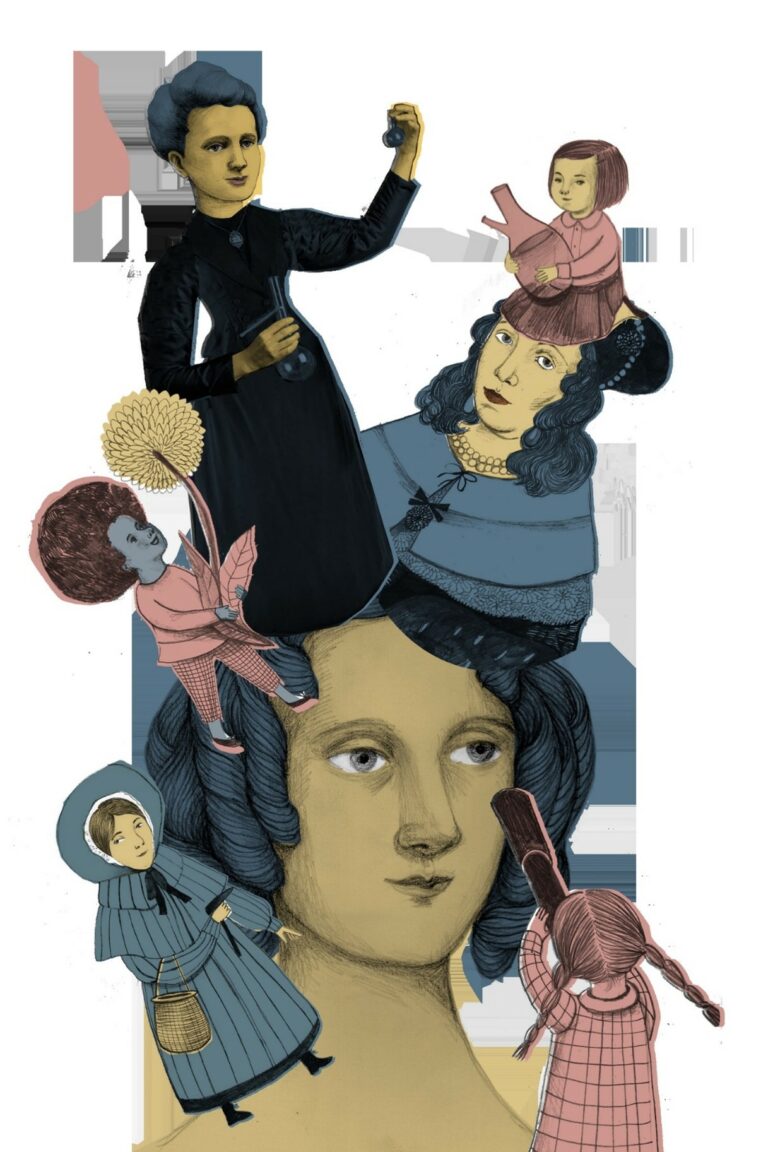
A girl born today, or perhaps in thirty years, may still not have the chance to see gender equality recognised. According to the Global Gender Gap Report 2023* no country has yet achieved full gender parity, although the top nine countries (Iceland, Norway, Finland, New Zealand, Sweden, Germany, Nicaragua, Namibia and Lithuania) have closed at least 80% of their gap. The global gender gap score in 2023 for all 146 countries included in this edition stands at 68.4% closed, at the current rate of progress, it will take 131 years to reach full parity…
It is, therefore, necessary to take a leap forward and accelerate the process leading to gender equality, not only because it is a matter of social justice but because it can become a driving force for the entire economy. It is through education that all this can be achieved, and that is why the right to education is so important and fundamental; access to schools and universities will enable girls all over the world to be economically independent, to access better job roles, to advance in their careers and to play equal roles in society. Today, there are many more women graduates than men, yet in STEM disciplines, they are fewer in number, not because they are not equally gifted or because they prefer the humanities, but rather because there is a lack of support and motivational drive from family and teachers, or even because there seems to be a lack of role models. In reality, history is studded with women who have made discoveries, research, and studies that history books have often, very often, forgotten to credit and report.
Addressing and overcoming the situation requires multi-pronged interventions that approach the issue: the education system, for example, must rid itself of gender stereotypes and encourage girls and boys in education inclusively.
Showing, for example, how many women in science, technology and mathematics have contributed, often in innovative and decisive ways throughout history, will not only be an incentive but also a way of making STEM subjects attractive. Economic support is also needed where girls belong to less affluent families, hence scholarships, measures and incentives to support them in their careers.
Last but not least, today’s world, or rather thinking, demands a change in step with the times we live in, a cultural change that no longer defines the field of STEM subjects as masculine.
That is why one of the goals of our My Box of STEAM project is to bring girls closer to STEM subjects by showing them the meaningful stories of all those women, like Mary Anning, Ada Lovelace, Maria Sybilla Merian, Sylvia Earle, and many others, who made a difference and whom “official” history seems to have forgotten..
*The Global Gender Gap Report 2023 from the World Economic Forum measures gender disparities in 146 countries and tracks their progress over time, focusing on the relative gaps between women and men across four key dimensions: economic participation and opportunity, educational attainment, health and survival, and political empowerment.
Source:
The Global Gender Gap Report 2023. World Economic Forum 2023. https://www.weforum.org/reports/global-gender-gap-report-2023.
